THYME AND HAZELNUT BUTTER WITH TURMERIC NOODLES from Anja Dunk’s Strudel, Noodles and Dumplings.
Turmeric adds a beautiful yellow glow to noodles and is used to colour dough in much the same way that saffron is. I prefer to use turmeric over saffron because it is more affordable and, aside from the colour (the important bit here), unlike saffron, it actually goes unnoticed. The combination of turmeric and lemon is as uplifting as a bright day -a happy dish.
If you don’t have time to make the turmeric noodles you can use bought noodles in their place- just whisk a teaspoon of ground turmeric into the boiling water before adding them to the pot.
Noodles with some sort of buttery sauce is my go-to emergency dish. No matter what, we always have butter in the fridge and a jar of noodles on the shelf – secure in the knowledge that dinner can be whipped up within minutes. Despite the innumerable times we have eaten them before, we won’t ever tire of brown butter noodles with a green salad on the side.
SERVES 4
FOR THE THYME AND HAZELNUT BUTTER
120g unsalted butter
40g hazelnuts, roughly chopped leaves from 4 sprigs of fresh thyme
(or 15 sage leaves if you prefer)
flaky sea salt, to taste
FOR THE NOODLES
400g ’00’ flour, plus extra for dusting 1 teaspoon ground turmeric
4 large eggs, beaten
To make the dough, mix the flour and turmeric together in a large bowl, then add the eggs and swirl them into the flour with a wooden spoon until it clumps together. Now use your hands to bring this rough mixture together into a ball.
Tip this flour and egg mixture out on to a work surface and knead using the heels of both hands.
Lean into the work surface with your whole body while gently pushing forwards; turn the dough 90 degrees after every push, then fold it over and push down and forwards again. Do this
for around 10 minutes, until a smooth, silky dough forms. Wrap the dough in clingfilm and set aside to rest for half an hour.
Dust the work surface with flour. Tear off a small golfball-size chunk of dough, pat it into a rectangle shape and run it through the thickest setting of your pasta machine, laying the rolled
out dough on the floured work surface while you repeat the process until all the dough has passed through the machine. Now click the thickness setting on the machine down a notch and run the already-rolled pieces of dough through the machine again, laying them as before on the floured work surface until they have all been rolled through. Keep clicking the thickness setting down one notch at a time and repeat as above. You should end up with beautiful long, thin sheets of pasta.
If your pasta machine has a wide noodle setting on it, run the sheets through this and out the other end will come ribbons of pasta. I hang the pasta strands over a wooden chair to stop them clumping together, but you can hang them on coat hangers or simply dust them lightly with flour and lay them on a work surface until needed.
If your pasta machine doesn’t have noodle settings, dust the flat sheets of pasta with a little flour and roll them up loosely into a rough 10 x 10cm square. Using a sharp knife, cut tern strips and gently unravel them, then leave them to rest on the work surface until needed.
Bring a large pan of salted water to the boil.
Melt the butter in a large frying pan and add the hazelnuts and thyme (or sage leaves), tossing the pan from time to time. The butter will start to bubble -it is ready when it turns a nutty brown
colour, at which point taste, season accordingly and turn off the heat.
Boil the noodles in the salted water for around 3 minutes, then test to see if they are done (we like them al dente). If cooked to your satisfaction, drain, reserving 4 tablespoons of the cooking water. Return the pasta to the thyme and hazelnut butter saucepan along with the starchy cooking water and toss until all the strands are glossy with butter.
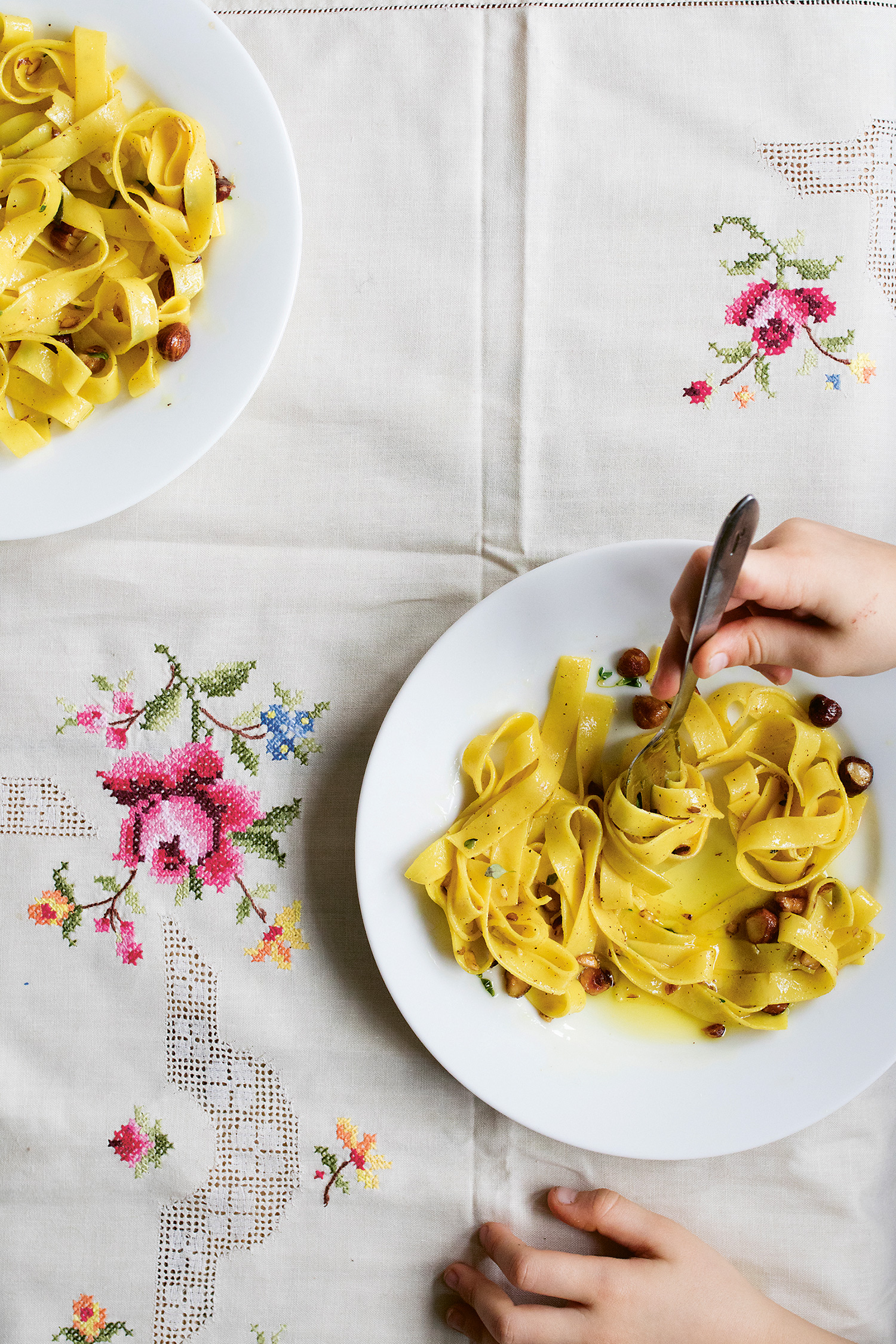
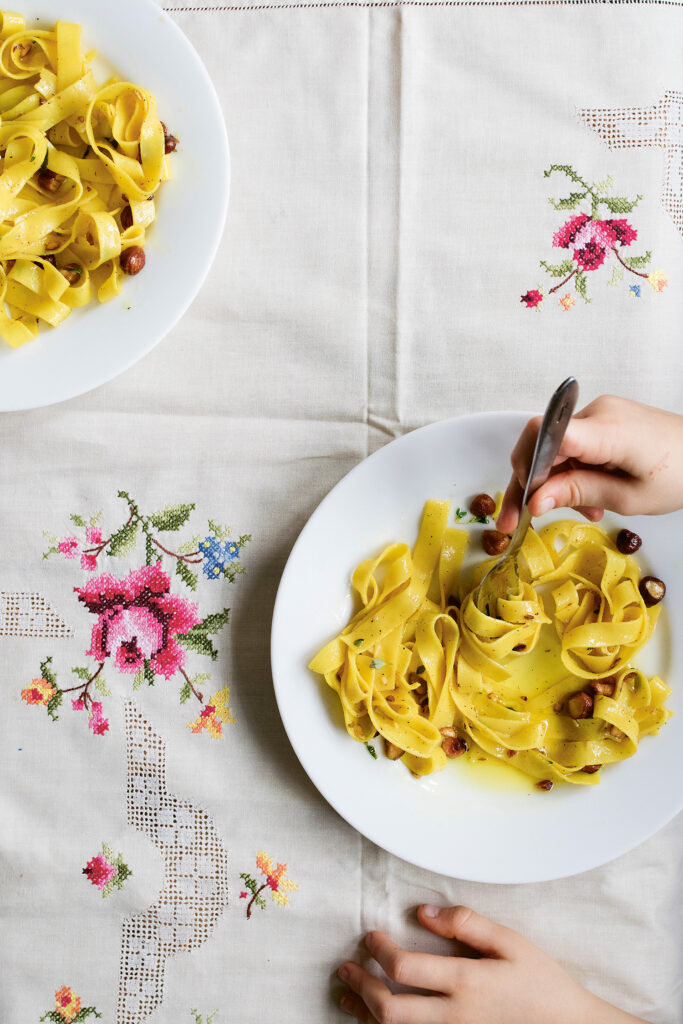
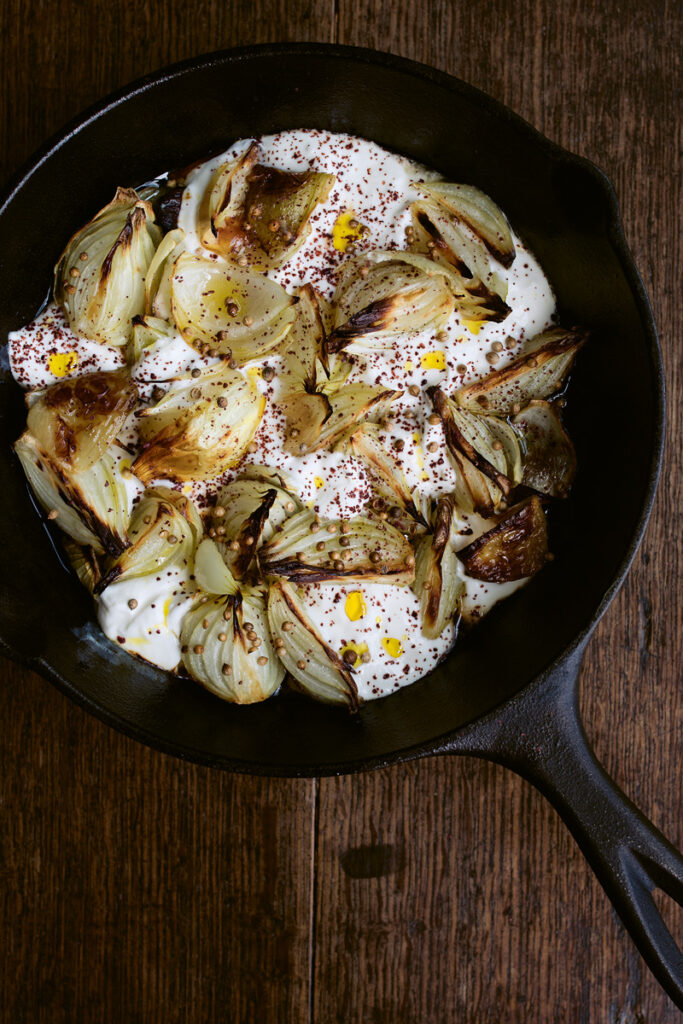
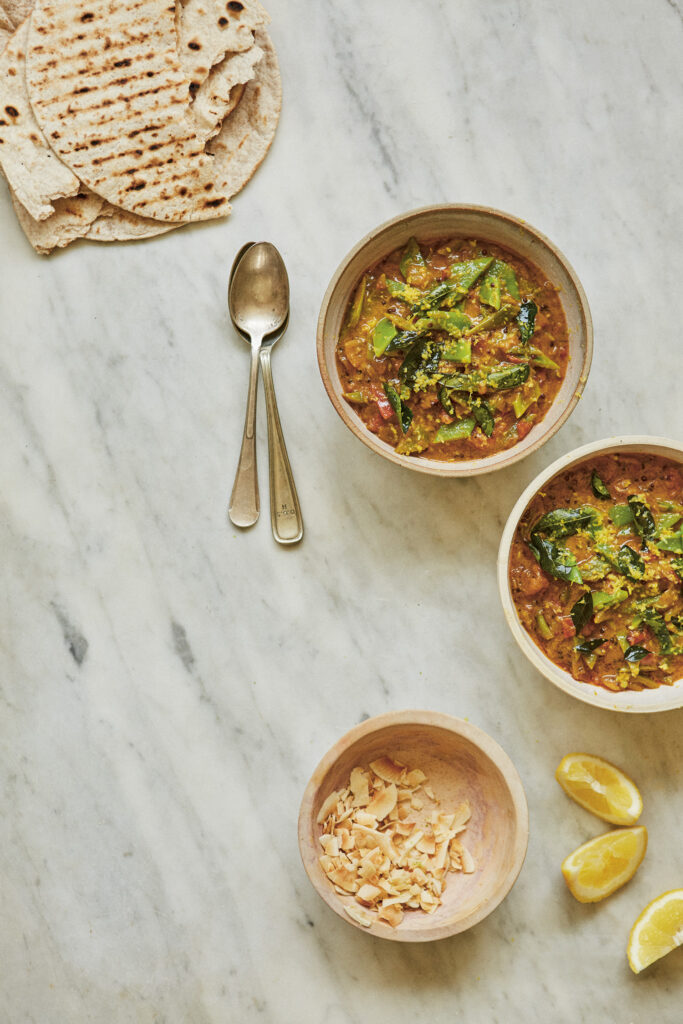
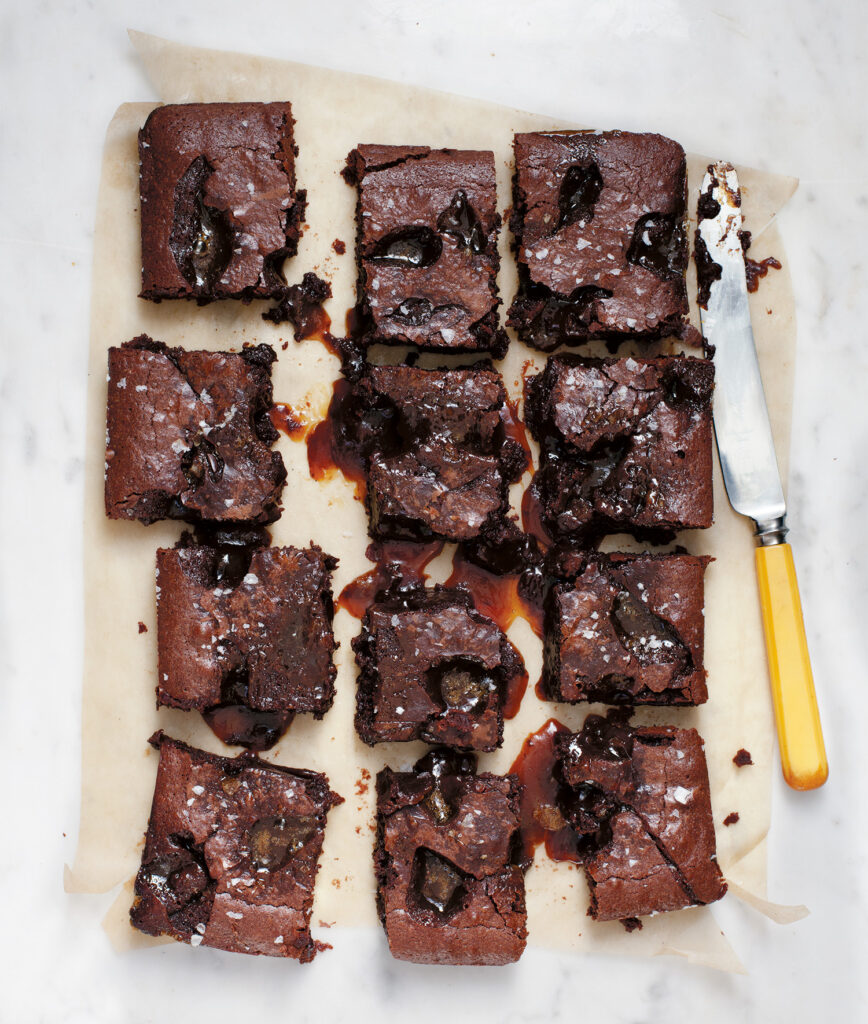
4thestatebooks